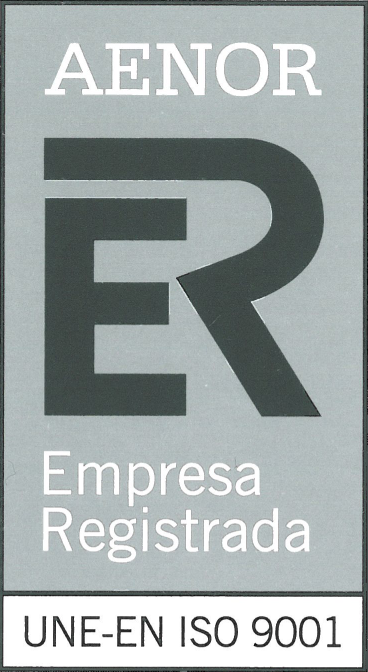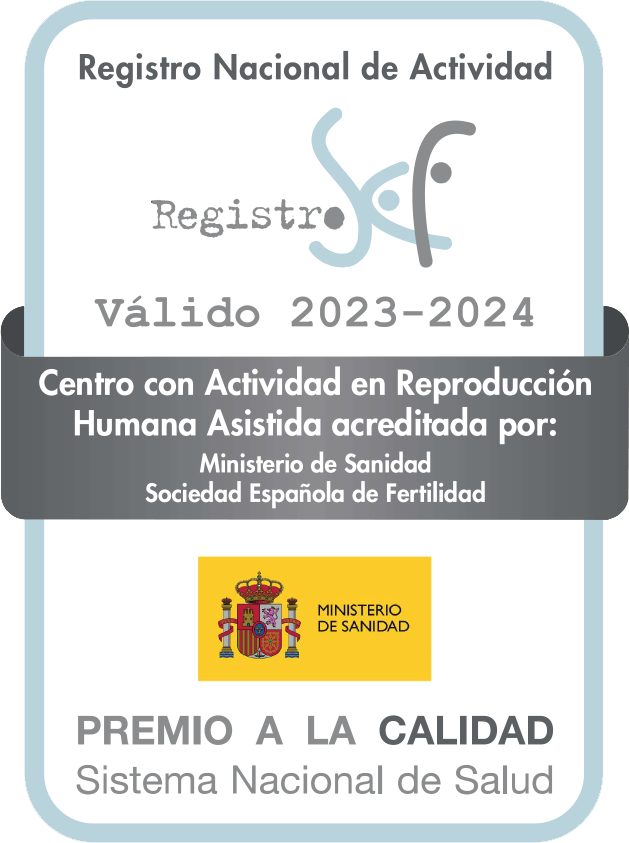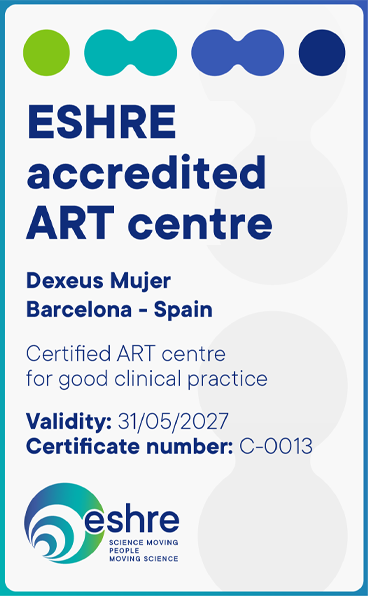Tubal ligation
Is it possible to become a mother after a tubal ligation?
If you have had this procedure, but now you have changed your mind and would like to become a mother, either for the first time or because you have started a relationship or want to increase your family, you can do it.
In these cases there are two options: to reverse the ligation by surgical intervention or to opt for in vitro fertilisation. Reversal is possible in young women, but the results and chances of achieving pregnancy depend on each case. Moreover, it is not a simple operation, it requires surgery and the recanalisation of the tubes is not always possible, depending on whether they have not been removed and on the technique used to achieve sterilisation.
For this reason, it is generally recommended to opt for the second option, which allows pregnancy to be achieved without the need for tubal surgery, especially if you are over 35, when fertility begins to decline more markedly.
Advantages of the In Vitro Fertilisation
The advantage of IVF is that it allows the natural process of egg fertilisation to take place in the laboratory, something that is not possible in cases of ligation because this operation prevents sperm from entering the fallopian tubes. However, both ovulation and menstrual cycles are not altered. Therefore, if you have no fertility problems and you are young, you can use your own eggs for IVF. But in order to retrieve them, you have to undergo ovarian stimulation treatment.
Possibility of pregnancy
In general, the possibility of pregnancy in these cases is similar to the pregnancy rates usually offered by IVF in women with fertility problems, which is around 45-60%, so the expectations are good. Although, obviously, it also depends on your age, your health and the quality of your partner’s sperm, if he or she is involved in the process.
Therefore, if you are over 40 or have a low ovarian reserve, you may be advised to use a donor. The advantage in these cases is that the eggs are of very good quality and, therefore, the pregnancy rate is usually higher.
Necessary tests
In addition to knowing your medical history, the doctor will usually recommend a fertility study to check the blood levels of various hormones involved in the reproductive process, as well as a gynaecological examination and an ultrasound scan, in order to assess the uterus, the ovaries, your ovarian reserve and to rule out any gynaecological pathology. If you are over 40 or have already reached the age of 40, a mammogram is also requested at our centre.
If you have a male partner and he is going to participate in the treatment, a fertility test will also be necessary to check his health and sperm quality.
What is the process
The process is the same as for IVF treatments. If you opt for egg donation, it is not necessary to undergo ovarian stimulation treatment beforehand, but you will need to take hormone medication to prepare the uterus to facilitate embryo implantation. Your cycle could be synchronised with the donor’s cycle or the embryo transfer could be arranged at a later date to better adapt to your calendar.
Ovarian stimulation: consists of administering hormonal medication to stimulate the growth of several follicles in order to obtain a greater number of oocytes than our body produces on a regular basis in each menstrual cycle.

Follicular puncture: is a very simple procedure that is performed vaginally by means of a guided ultrasound scan and allows the oocytes to be extracted. It is performed on an outpatient basis, although under sedation and in the operating theatre, to facilitate the whole process. After the puncture, you can lead a normal life, but it is advisable not to do any exercise that requires great physical effort or to take on excessive weight. You can go accompanied. It is also advisable to wait at least a few days after the puncture before having sexual relations.

Obtaining your partner’s sperm. The day on which the sample is collected is determined by the doctor, depending on whether the treatment is carried out with your own eggs or donor eggs and whether these are frozen or not.

Laboratory fertilisation: consists of inseminating the eggs extracted from the follicular puncture with the partner’s sperm or a donor sperm to obtain the embryos. It is carried out by conventional IVF or ICSI (intracytoplasmic microinjection), a very precise technique.
Embryo transfer: is carried out in the operating room and can be performed fresh (with eggs or embryos that have not been previously frozen or vitrified) or delayed (i.e. with embryos that have been previously frozen). After the transfer, normal life is recommended.

Pregnancy test: consists of measuring blood levels of the hormone ßHCG (human chorionic gonadotropin), which will tell us whether or not the embryo has managed to implant after the transfer and, therefore, you are pregnant.


